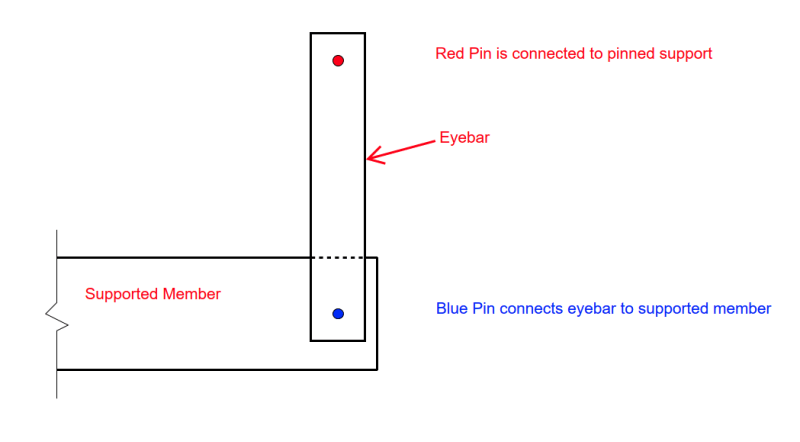Struct-007
Structural
- Aug 7, 2020
- 32
Is there a guideline or rule of thumb about when to consider [Bolted Connection] vs [Pin Connection] vs [Eyebar] to connect tension members?
Pin Connection is in Section D5 of AISC360-10.
Eyebar is in Section D6 of AISC360-10.
Thanks!
Pin Connection is in Section D5 of AISC360-10.
Eyebar is in Section D6 of AISC360-10.
Thanks!

